ECB Chief Economist Philip Lane emphasized today that June inflation data alone will not suffice to address questions surrounding services inflation, suggesting the ECB may delay further interest rate cuts until additional data is available.
Lane noted, “The key is really services inflation. What we’ve seen in the last days is that services inflation remains the outlier, and what we need to see is whether higher services inflation is a backward element and is a legacy of the rapid disinflation or is it a persistent element. We need time to work on it.”
On the political front, Lane downplayed concerns about France’s recent political turmoil impacting markets significantly, stating, “It is clearly natural in an election for the market to reprice. There are elections all the time, there are movements in spreads all the time. Of course, France is an important country, but this looks like an ordinary repricing to me.”
Other ECB Governing Council members also shared their perspectives at the ECB forum. Lithuania’s Gediminas Simkus aligned with expectations for further rate cuts, stating, “Expectations for two more cuts this year are in line with my own thinking, if data evolve as expected.” Similarly, Belgium’s Pierre Wunsch remarked, “The first two rate cuts are relatively easy as long as inflation hovers around 2.5% because we will still clearly be restrictive.”




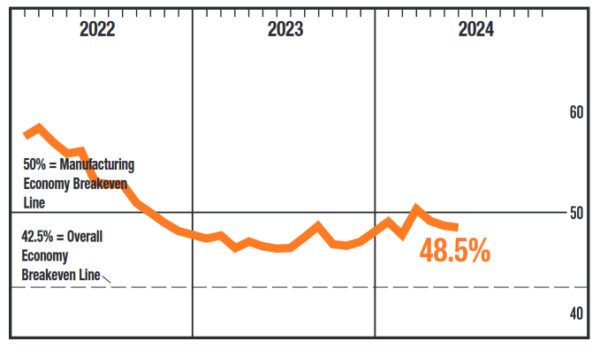
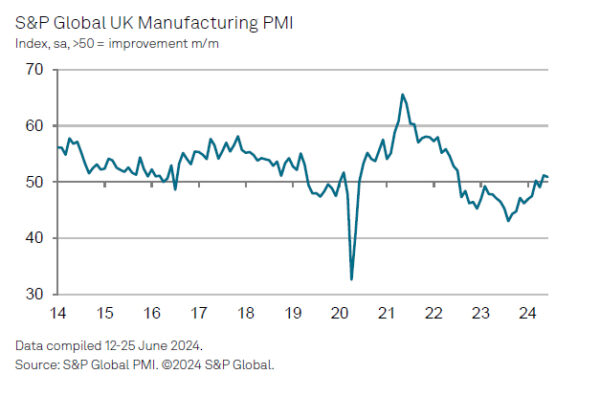
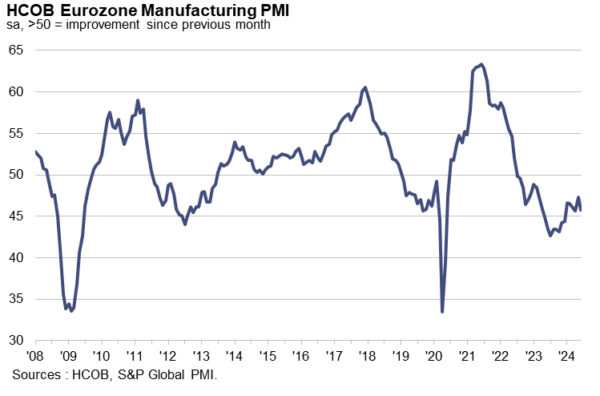
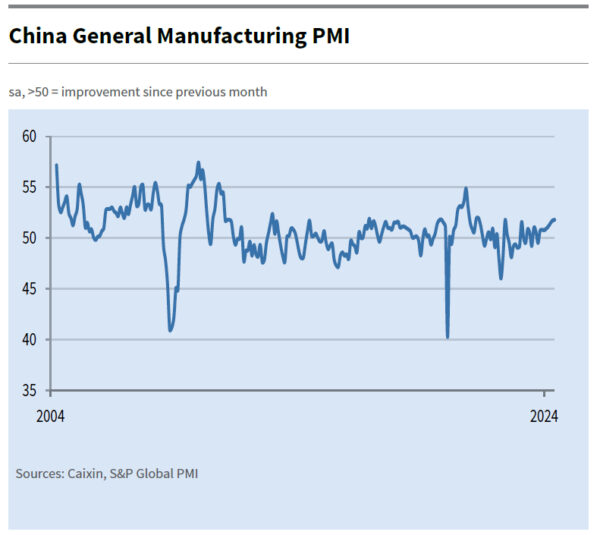
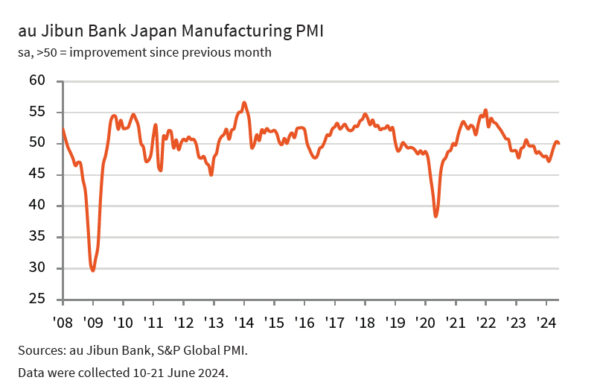
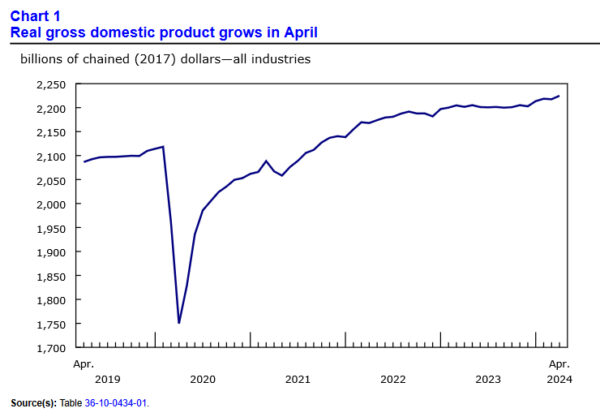


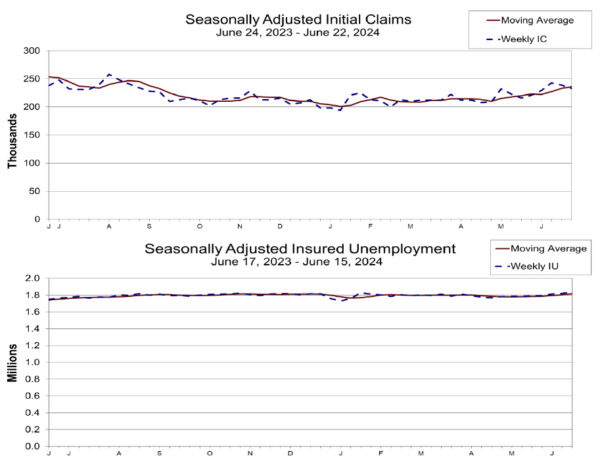

Eurozone CPI slowed to 2.5% in Jun, but core unchanged at 2.9%
Eurozone CPI slowed from 2.6% yoy to 2.5% yoy in June, matched expectations. CPI core (ex-energy, food, alcohol & tobacco) was unchanged at 2.9% yoy, above expectation of 2.8% yoy.
Looking at the main components, services is expected to have the highest annual rate in June (4.1%, stable compared with May), followed by food, alcohol & tobacco (2.5%, compared with 2.6% in May), non-energy industrial goods (0.7%, stable compared with May) and energy (0.2%, compared with 0.3% in May).
Full Eurozone CPI release here.